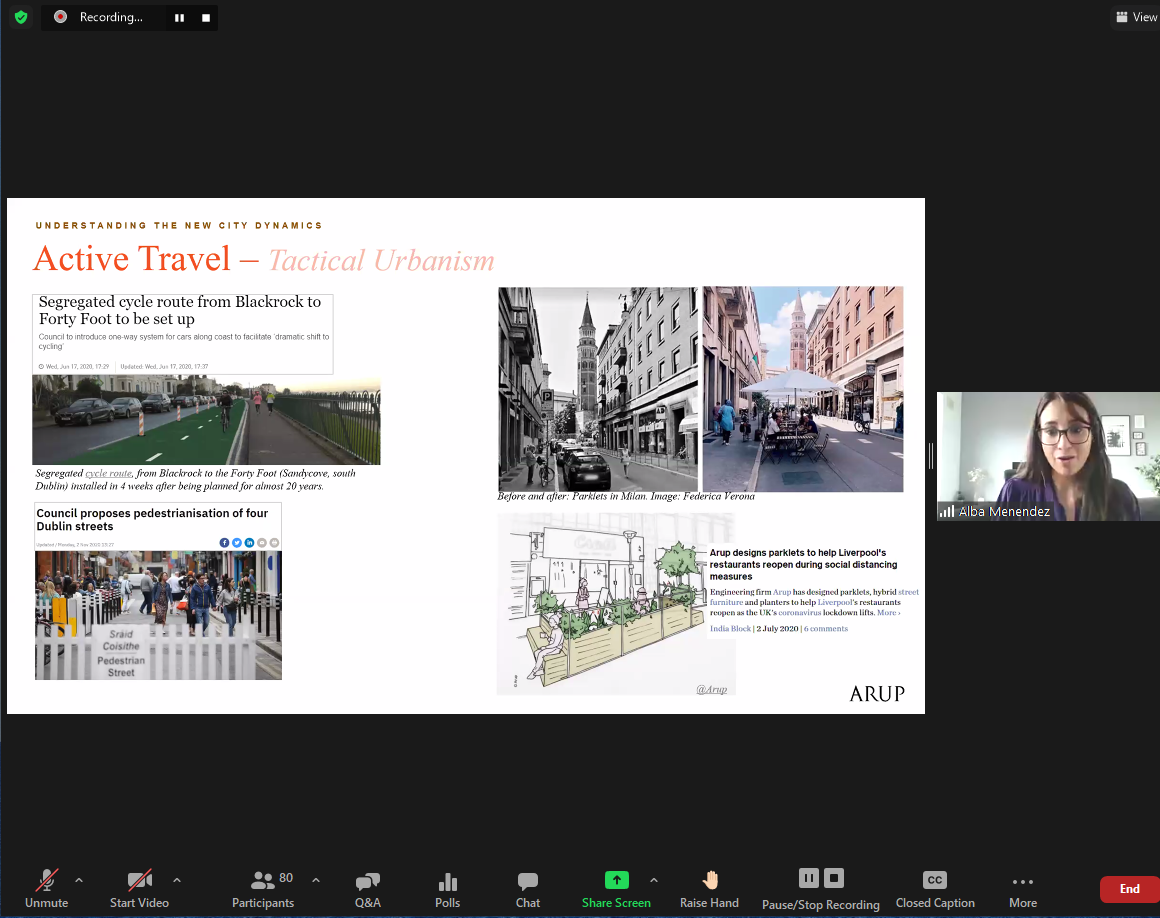Maggie Rafalowicz, Director at Campbell Tickell, discusses the concept of the 15 minute neighbourhood and some of its challenges.
Over the past year, the pandemic has forced us to reduce the geographical area that we inhabit. The concept of the ‘15 Minute City’, which has been around for some time, has become more of a reality and with it, the appreciation that your quality of life, health and well-being is greatly improved by having a range of accessible facilities and services within your locality, as well as places where people can easily meet up and interact.
The 15 Minute City approach is essentially about saying that in an ideal neighbourhood, you will want to be able to access most, if not all of what you need to live within 15 minutes’ walk or cycle ride or by public transport. That means ideally your work – though of course that may already exist for those able to work from home. But it also means education, healthcare, shops, cafés and bars, leisure, green space and more. Plainly this exists in some parts of our cities and towns; it is much more of a challenge in rural areas.
The 15 Minute City has been furthest developed in Paris – where it was a central plank of Mayor Anne Hidalgo’s successful re-election in 2020 – Melbourne (where the preferred radius is 20 minutes), Barcelona and Portland, Oregon. In this short TED talk, Carlos Moreno of the Sorbonne, a guru of the concept, talks about the philosophy.
For people like myself, having worked in regeneration for many years, this approach has always been what we have strived for: that existing communities would be able to benefit from proximity and access to good quality and affordable homes, employment opportunities, retail, education facilities, health services, public spaces, and culture.
As we wait for the vaccination to be rolled out and a return to ‘normality’, some of the changes that have taken place during the past year are likely to remain with us. For example, a recent survey by Arup, indicates that 40% of people will want to return to their workplaces for just 40% of the week. That has implications for town and city centres, as  well as for places where people currently live, be those towns, suburbs, or rural areas.
well as for places where people currently live, be those towns, suburbs, or rural areas.
This is of course all well and good for people who have jobs that allow them to choose where to work, but what of people who do not have that option, whose work necessitates them to travel and on whose services we all depend? For instance, it has been noticed that a high proportion of passengers on London Transport are those working in manual/service jobs and school children. What about the quality of their local education and health services, for instance?
And of course, while town and city-dwellers may be able to point to local areas that already deliver on the 15 Minute Neighbourhood concept – or could do so with relatively limited improvement – what of those areas where the only facilities within 15 minutes are fried chicken outlets and pound-shops? And how indeed can we address the needs of communities in more rural areas, where 15 minutes’ travel may not bring you much at all in terms of the facilities you need to live your life?
The challenge will be to ensure that the advantages of making the 15 Minute Neighbourhood are equitable and that we build and support community resilience.
These were some of the key issues addressed in our January webinar on the 15 Minute Neighbourhood. See the video below. Hope you find it useful and positively challenging!
To find out more, contact Maggie Rafalowicz : maggie.rafalowicz@campbelltickell.com
Further reading:
Arup, Nov 2020: Making place: The recalibration of Work, Life and Place



